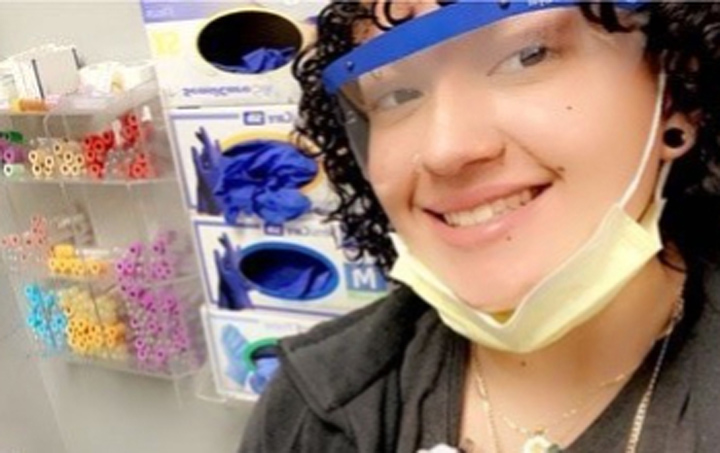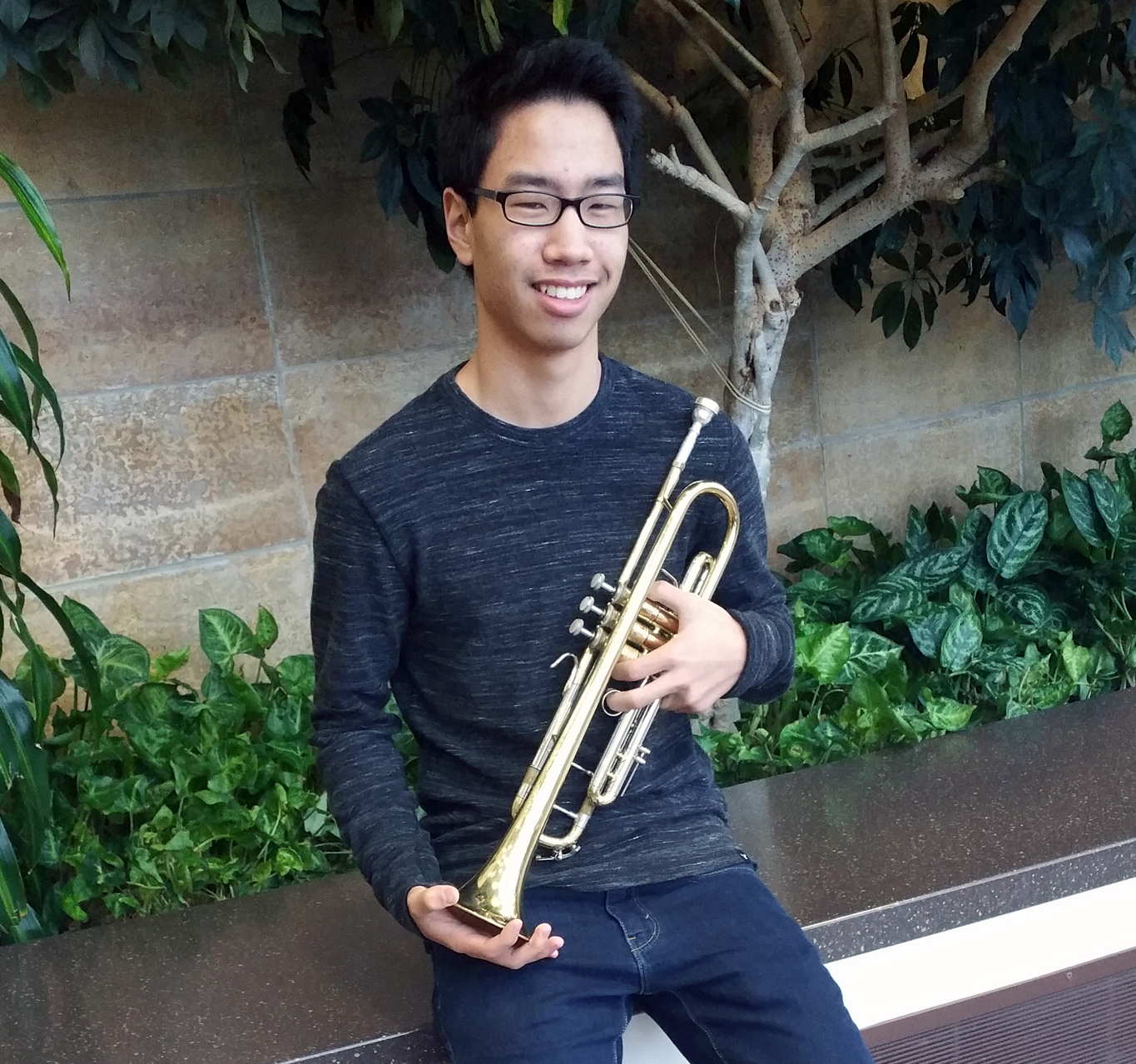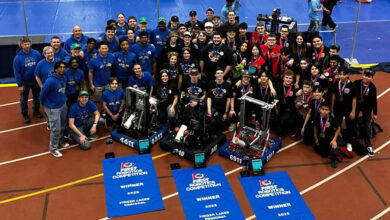Future phlebotomists gain work experience

by Amy LaGambino, CTE Outreach Assistant
Monroe 2-Orleans BOCES Career and Technical Education (CTE) Phlebotomy and Laboratory Science students have a new opportunity: phlebotomy training at a local collection station. It’s a unique experience for high school students. Holley senior Alexandra Mendoza is one of four students participating in this first-ever cooperative work option.
In order to qualify for the professional phlebotomy certification exam, candidates must complete 30 successful blood draws (or “sticks”) on live patients. In the CTE classroom lab at WEMOCO, there are state-of-the-art IV practice arms that have simulated blood to help prepare students for live draws. Teacher Jim Payne said, “Students have translated well the skills learned on the phlebotomy training arm, which allowed them to begin successfully drawing patients’ blood on the first day at the collection site.” Mendoza spent one full week working with a trainer at a collection site, which is the same process that new hires follow in this workplace.
One nice feature of the IV practice arms is that their veins are easy to find, and they do not have any personal issues. In real-life draws, students faced numerous challenges, which they translated into useful lessons. During their internships, there were babies who needed to have blood drawn, adults who were incapable of cooperating, patients who needed draws done from their hands and someone who fainted. As Mendoza said, “Many people come in and right away say they are either a hard stick or that their veins roll.”
Right from the beginning, the skills Mendoza brought from the classroom were recognized and praised. Her trainer said, “Wow, you actually know how to tie a tourniquet!” Although she had to identify herself as a trainee for each blood draw, she had many compliments praising her for providing a painless needle stick. One patient told the trainer that she wants Mendoza for all her future blood draws.
Students felt confident with their skills at drawing blood, but they learned from the internship that they excel at another skill – making patients feel at ease. Their trainers pointed out that their demeanors were good for dealing with the public. Mendoza is a people person, and she loved the interaction with patients. She shared that she kept patients talking, calmly explaining each step in the process so they were never startled.
Being in a real workplace was a “confidence booster,” according to Mendoza. “I now know I can do this,” she said. For her, the onsite week affirmed her goal to pursue phlebotomy professionally. She shared that it was amazing to put the theory and simulations she’s experienced in class to action in real life. Mendoza plans to attend college in the future, but first, she intends to enter the workforce as a phlebotomist after high school graduation.
As noted earlier, 30 successful “sticks” must be verified before a potential phlebotomist can take the certification exam. In her one-week assignment, Mendoza had more than 120 successful sticks – a measure of success for her skills and for this new CTE partnership.




